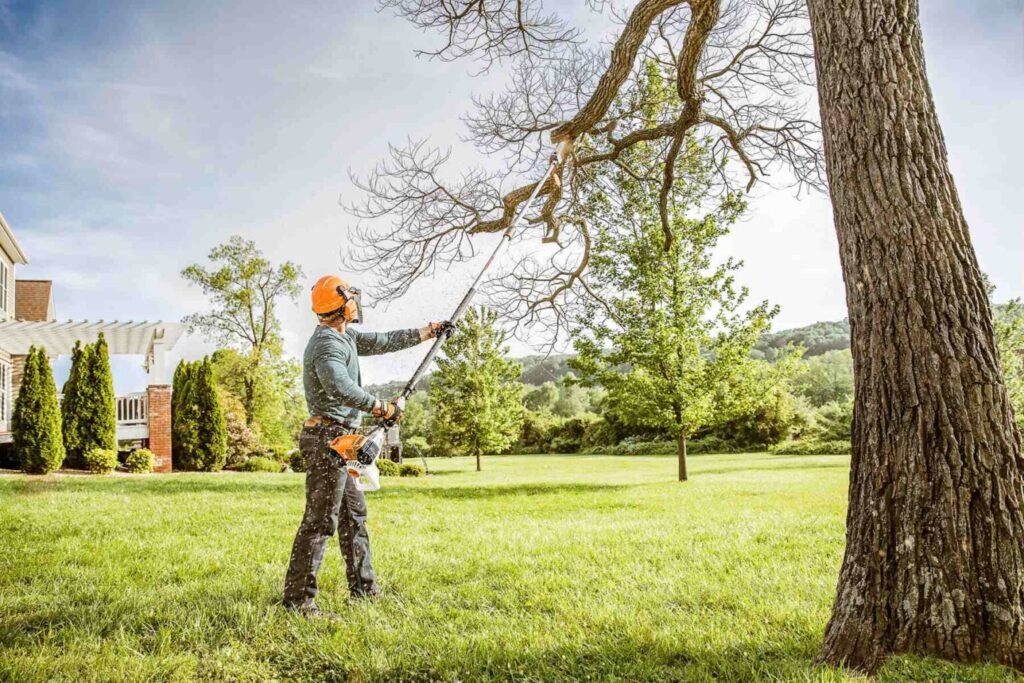Tree removal is a complex and hazardous task that should only be performed by professionals. Whether due to disease, storm damage, or safety concerns, the decision to remove a tree should be made with careful consideration of the potential risks and impacts. This article will explain the process of safe tree removal, highlighting the steps and precautions involved to ensure that it is conducted securely and efficiently.
Step 1: Assessing the Tree and the Surrounding Area
The first step in the tree removal process is a thorough assessment of the tree and its surroundings. Professional arborists evaluate the tree’s health, stability, and the complexity of its environment. Factors such as the tree’s size, age, and proximity to buildings or power lines play crucial roles in planning the removal strategy. This assessment helps determine the safest method for removal and any precautions that need to be taken to protect people and property.
Step 2: Planning the Removal
Based on the initial assessment, arborists develop a detailed plan for removing the tree. This plan includes choosing the appropriate equipment and determining the direction in which the tree will be felled. If the tree is located in a tight space or close to hazards like power lines, the removal might require sectioning the tree and lowering pieces individually using ropes for cranes.
Step 3: Preparing the Area
Before the actual removal begins, it’s crucial to prepare the area around the tree. This preparation might involve notifying neighbors, setting up barriers to restrict access to the site, and removing any obstacles that could obstruct the removal process or pose a danger. Safety is the priority, and ensuring that the area is clear and secure is essential.
Step 4: Cutting and Felling the Tree
Using chainsaws and other professional equipment, arborists make precise cuts to control the direction of the tree’s fall. The process may vary depending on the tree’s size and location. In some cases, the tree can be safely felled in one piece. In others, particularly in urban or crowded areas, the tree may need to be dismantled from the top down.
Step 5: Limb Removal and Site Cleanup
After the tree has been brought down, the next step involves cutting it into manageable pieces, starting with the limbs and then sectioning the trunk. The wood may be hauled away, recycled, or processed into mulch, depending on the client’s preference and local regulations. Finally, the site is cleaned up to remove all debris, leaving the area neat and safe.
Step 6: Stump Removal
The last step in the tree removal process is often the removal of the stump. This can be done through stump grinding, where a machine grinds the stump down below the level of the soil, making it easier to cover over and reclaim the space. Alternatively, the stump can be chemically treated to accelerate decomposition if immediate removal isn’t necessary.
You can also call for professional tree removal Asheville services to help you remove your trees safely.
Conclusion
Tree removal is a technically demanding and potentially dangerous task that necessitates professional expertise. From careful planning and preparation to the final cleanup, each step is carried out with an emphasis on safety and efficiency. By understanding the process of safe tree removal, property owners can better appreciate the importance of entrusting this task to qualified professionals who can ensure the job is done safely and effectively.



